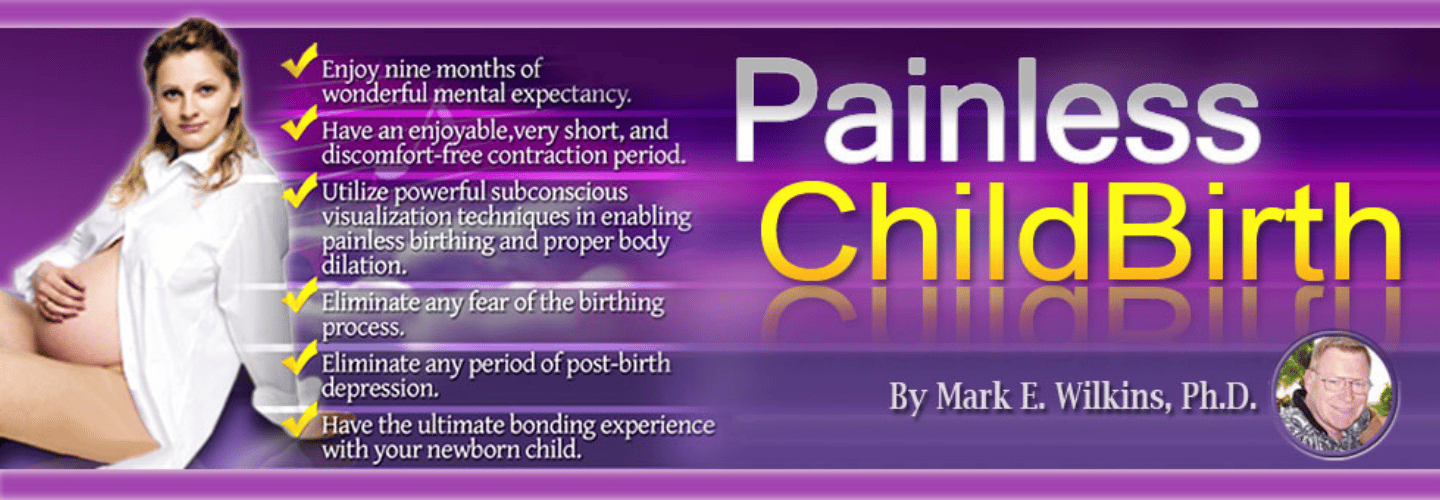
Harnessing relaxation techniques in labor can greatly empower the birthing experience, utilizing methods like guided imagery and hypnosis to manage pain and anxiety naturally. These techniques encourage deep breathing, mindfulness, and visualizations that create a more supportive and controlled environment, enhancing both the physical and mental resilience necessary for childbirth. By embracing these strategies, expectant mothers can improve their labor experience, suggesting that further exploration could provide even more benefits and comfort during childbirth.
Key Takeaways
- Utilize guided imagery to visualize calming scenes, reducing stress and enhancing comfort during labor.
- Practice deep, rhythmic breathing to improve oxygen flow and manage pain.
- Engage in mindfulness to maintain present-focused awareness and reduce anxiety.
- Apply progressive muscle relaxation to release tension and promote physical ease.
- Use self-hypnosis techniques to alter pain perception and increase emotional resilience.
Exploring the Benefits of Guided Imagery in Labor
Why do so many expectant mothers turn to guided imagery during labor? This method employs visualization techniques that greatly aid in stress reduction, creating a calm, controlled environment for childbirth.
By imagining peaceful scenes, mothers can shift their focus away from pain, embracing a more serene birthing process. This practice not only lessens anxiety and tension but also promotes a holistic approach to managing discomfort.
It empowers women to use their minds as tools for relaxation, enhancing both their emotional and physical resilience during labor. Ultimately, guided imagery equips mothers with the ability to navigate childbirth challenges more effectively.
The Role of Hypnosis in Natural Pain Management
Hypnosis serves as a powerful tool in the domain of natural pain management during labor, offering expectant mothers a unique method to harness their inner strength and mitigate discomfort.
By employing hypnosis techniques, women can redirect their focus inward, profoundly altering their perception of pain and bolstering emotional resilience.
This holistic approach not only promotes relaxation but also fosters a deep sense of control and well-being, vital during childbirth.
As a natural alternative to analgesia, hypnosis supports women in achieving a more empowered and serene birthing experience, reducing reliance on medical interventions while enhancing the mother's overall comfort and confidence.
Implementing Relaxation Techniques for Optimal Childbirth

Building on the natural pain management strategies discussed previously, the implementation of relaxation techniques offers a holistic pathway to optimize the childbirth experience.
Breathing techniques, when properly utilized, can profoundly influence a laboring woman's pain perception and anxiety levels. Deep, rhythmic breathing enhances oxygen flow, which is essential for both mother and baby.
Simultaneously, mindfulness practices encourage a present-focused awareness, helping the mother to stay centered and calm amidst the intensity of labor.
These techniques collectively create a supportive environment, enabling the mother to embrace her labor journey with confidence and decreased stress.
The Positive Impact of Guided Imagery on Labor Experience
As labor progresses, the positive impact of guided imagery becomes increasingly evident, offering a powerful tool for managing both physical and emotional challenges. This technique harnesses visualization techniques to create a serene mental sanctuary, aiding expectant mothers in traversing the complexities of labor with enhanced emotional support. The holistic approach fosters a calming atmosphere, which can greatly alleviate discomfort and anxiety.
| Benefit | Description | Impact on Labor |
|---|---|---|
| Stress Reduction | Lowers anxiety through calm scenarios | Enhances comfort |
| Pain Management | Alters perception of discomfort | Reduces need for meds |
| Emotional Support | Strengthens mental resilience | Empowers the mother |
| Oxygen Levels | Improves breathing, benefits baby | Healthier environment |
| Positive Affirmations | Reinforces strength and positivity | Boosts morale |
Guided imagery empowers women to embrace childbirth with confidence and tranquility.
Mastering Self-Administered Relaxation Methods for Labor

Why not empower oneself with self-administered relaxation techniques during labor? Embracing these methods can greatly enhance comfort and control.
Here are some effective strategies:
- Breathing Techniques: Practice deep, rhythmic breathing to maintain calm and manage pain.
- Visualization Exercises: Imagine a serene location or scenario, facilitating mental escape from discomfort.
- Progressive Muscle Relaxation: Tense and then relax each muscle group, promoting overall body relaxation.
- Mindful Meditation: Focus on the present moment, reducing stress and increasing pain tolerance.
These holistic approaches offer not only pain relief but also a profound sense of empowerment during labor.
Frequently Asked Questions
How Can Partners Assist With Relaxation Techniques During Labor?
Partners can assist during labor by guiding breathing exercises and applying massage techniques. These methods promote relaxation, alleviate pain, and support a holistic birth experience, fostering emotional and physical comfort for the mother.
Are Relaxation Techniques Effective for Unexpected Rapid Labors?
When lightning strikes in the form of unexpected rapid labor, relaxation techniques can still shine as beacons of calm, offering quick, adaptable methods to manage stress and pain, enhancing the birthing experience holistically.
Can Relaxation Methods Delay the Need for Epidurals?
Relaxation methods, including guided imagery and hypnosis, may delay the need for epidurals by effectively managing pain and reducing anxiety during labor. These techniques offer holistic, non-pharmacological alternatives for pain relief.
What Are the Risks of Using Hypnosis in Labor?
Risks associated with using hypnosis in labor include variable effectiveness and potential disappointment if expectations are not managed. A thorough risk assessment is essential to guarantee it complements traditional pain management strategies effectively.
How Do I Practice Relaxation Techniques Effectively With a Busy Schedule?
To effectively practice relaxation techniques with a busy schedule, integrate short sessions into daily routines. Prioritize time management by setting reminders and dedicating moments for deep breathing or guided imagery throughout the day.
Conclusion
In the grand tapestry of childbirth, relaxation techniques are akin to a gentle river, guiding the expectant mother through the labyrinth of labor with grace and strength. By embracing methods like guided imagery and hypnosis, women weave their own shields against pain and anxiety, transforming their labor journey into a more serene and empowering experience. This holistic approach not only nurtures the body but also fortifies the spirit, enabling mothers to meet the tides of childbirth with resilience and poise.




